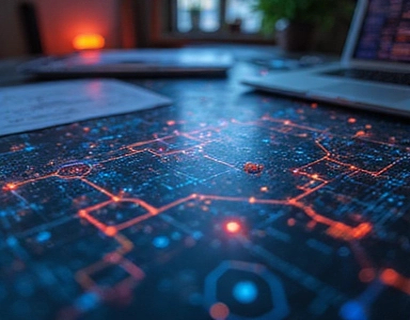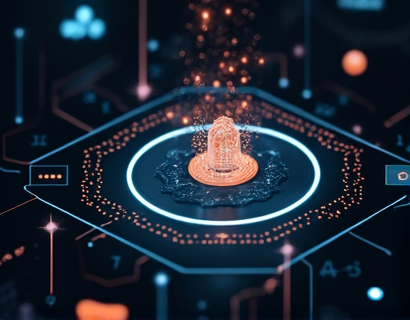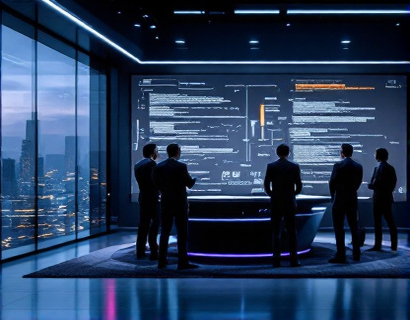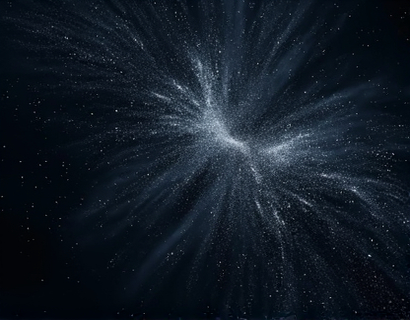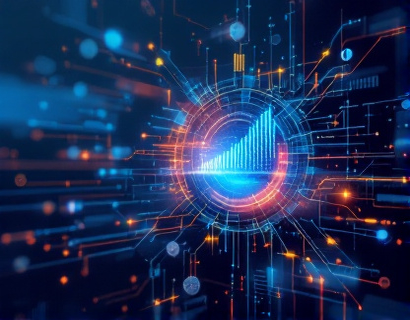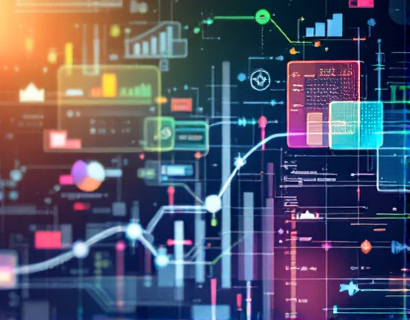Unlocking Cosmic Knowledge: A New Era of Personalized Astronomy Learning with AI
The field of astronomy has always been a realm of endless curiosity and wonder, inviting both students and enthusiasts to explore the vast mysteries of the universe. Traditionally, learning about astronomy involved navigating through complex texts, static images, and lectures that often struggled to make the subject matter engaging and accessible. However, with the advent of artificial intelligence and advanced educational technologies, a new era of personalized astronomy learning is dawning. This transformative approach leverages AI to offer tailored insights and interactive resources, revolutionizing the way we understand and connect with the cosmos.
Imagine a platform where the intricate dance of celestial bodies, the formation of galaxies, and the secrets of dark matter are not just abstract concepts but vivid, interactive experiences. This is the promise of a personalized AI-driven platform designed specifically for astronomy education. By harnessing the power of AI, such a platform can analyze a user's knowledge level, learning style, and interests to curate a unique learning journey. This ensures that each learner, whether a beginner or an advanced enthusiast, receives content that is both challenging and engaging.
Personalized Learning Paths
One of the most significant advantages of an AI-driven astronomy learning platform is its ability to create personalized learning paths. Upon signing up, users are prompted to complete a brief assessment that gauges their current understanding of astronomical concepts. This data is then used by the AI to design a customized curriculum that addresses knowledge gaps and builds upon existing knowledge. The platform continuously monitors the user's progress, adjusting the difficulty and focus of the content in real-time to ensure optimal learning outcomes.
For instance, a user who shows a strong interest in planetary science but struggles with understanding orbital mechanics will receive additional resources and interactive simulations focused on this topic. The AI can recommend videos, articles, and interactive modules that explain complex concepts through visual and hands-on learning experiences. This personalized approach not only enhances comprehension but also fosters a deeper and more lasting interest in the subject.
Interactive and Immersive Resources
Gone are the days of static textbooks and one-dimensional diagrams. The AI-driven platform offers a rich array of interactive and immersive resources that bring astronomy to life. Virtual reality (VR) and augmented reality (AR) technologies are integrated to provide users with immersive experiences that simulate space travel, planetary exploration, and celestial events. These tools allow learners to visualize and interact with astronomical phenomena in a way that traditional media cannot match.
For example, users can embark on a virtual journey through the solar system, exploring each planet in detail and witnessing phenomena such as solar eclipses and comet passes. Interactive simulations enable users to manipulate variables and observe the resulting changes, fostering a deeper understanding of the underlying principles. These hands-on experiences not only make learning more engaging but also help solidify complex concepts through active participation.
Expert Guidance and Community Engagement
While personalized learning paths and interactive resources are crucial, the human element of education remains invaluable. The AI-driven platform connects users with a community of fellow astronomy enthusiasts and experts, providing opportunities for collaboration, discussion, and mentorship. Users can join forums, participate in live Q&A sessions, and engage in group projects, all facilitated by the platform's sophisticated matching algorithms.
These communities serve as a support system, where learners can share insights, ask questions, and gain feedback from peers and experts. The platform's AI can also identify users with similar interests and learning goals, fostering meaningful connections and collaborative learning experiences. Additionally, the platform can connect users with professional astronomers and educators for mentorship, offering guidance and inspiration to those looking to deepen their knowledge or pursue careers in the field.
Real-Time Data and Current Research
Astronomy is a field that is constantly evolving, with new discoveries and advancements being made regularly. An AI-driven learning platform can stay at the forefront of these developments by integrating real-time data and current research into the learning experience. Users can access the latest findings from leading observatories and research institutions, ensuring that their knowledge is always up-to-date.
The platform can feature live updates on celestial events such as meteor showers, planetary alignments, and space missions. Users can receive notifications and detailed explanations of these events, along with resources to help them observe and understand these phenomena. This real-time connection to the cutting edge of astronomical research not only enhances the learning experience but also inspires users to stay curious and engaged with the ever-changing cosmos.
Adaptive Assessment and Feedback
To ensure that learners are progressing effectively, the AI-driven platform incorporates adaptive assessment and feedback mechanisms. These tools evaluate the user's understanding through quizzes, interactive exercises, and project-based assessments, providing immediate feedback and identifying areas for improvement. The AI analyzes the user's performance data to adjust the learning content dynamically, ensuring that the user is always challenged appropriately and supported where needed.
For example, if a user consistently struggles with a particular concept, the platform can offer additional tutorials, practice problems, and explanatory videos tailored to that topic. Conversely, users who grasp concepts quickly can be directed to more advanced materials and challenges. This adaptive approach not only optimizes the learning process but also boosts user confidence and motivation.
Accessibility and Inclusivity
One of the most compelling aspects of an AI-driven astronomy learning platform is its commitment to accessibility and inclusivity. The platform is designed to be user-friendly and accessible to learners of all backgrounds and abilities. Features such as text-to-speech, adjustable text sizes, and multilingual support ensure that the content is accessible to a diverse audience. Additionally, the platform can provide resources and support for learners with disabilities, such as visual or hearing impairments, making astronomy education truly inclusive.
The AI can also tailor the learning experience to accommodate different learning styles, whether a user is a visual, auditory, or kinesthetic learner. By recognizing and adapting to these preferences, the platform ensures that each learner can engage with the material in the most effective way for them. This personalized and inclusive approach helps break down barriers to learning, making astronomy accessible to everyone.
Future Prospects and Innovations
As AI technology continues to advance, the potential for innovation in astronomy education is vast. Future developments could include more sophisticated AI models that can predict a user's learning trajectory with even greater accuracy, offering hyper-personalized content and interventions. The integration of machine learning algorithms could enable the platform to not only adapt to individual learners but also to learn from their interactions, continuously improving its offerings based on collective user data.
Moreover, the platform could expand its scope to include interdisciplinary connections, linking astronomy with fields such as physics, mathematics, and computer science. This holistic approach would provide a more comprehensive understanding of the universe and inspire a new generation of scientists and thinkers. The potential for virtual collaborations with international research institutions and space agencies could also open up unprecedented opportunities for learners to participate in real-world astronomical projects.
In conclusion, the integration of AI in astronomy education represents a revolutionary shift, making the study of the cosmos more accessible, engaging, and personalized than ever before. By leveraging the power of AI, learners can embark on a transformative journey through the stars, unlocking the secrets of the universe and fostering a lifelong passion for exploration and discovery.



